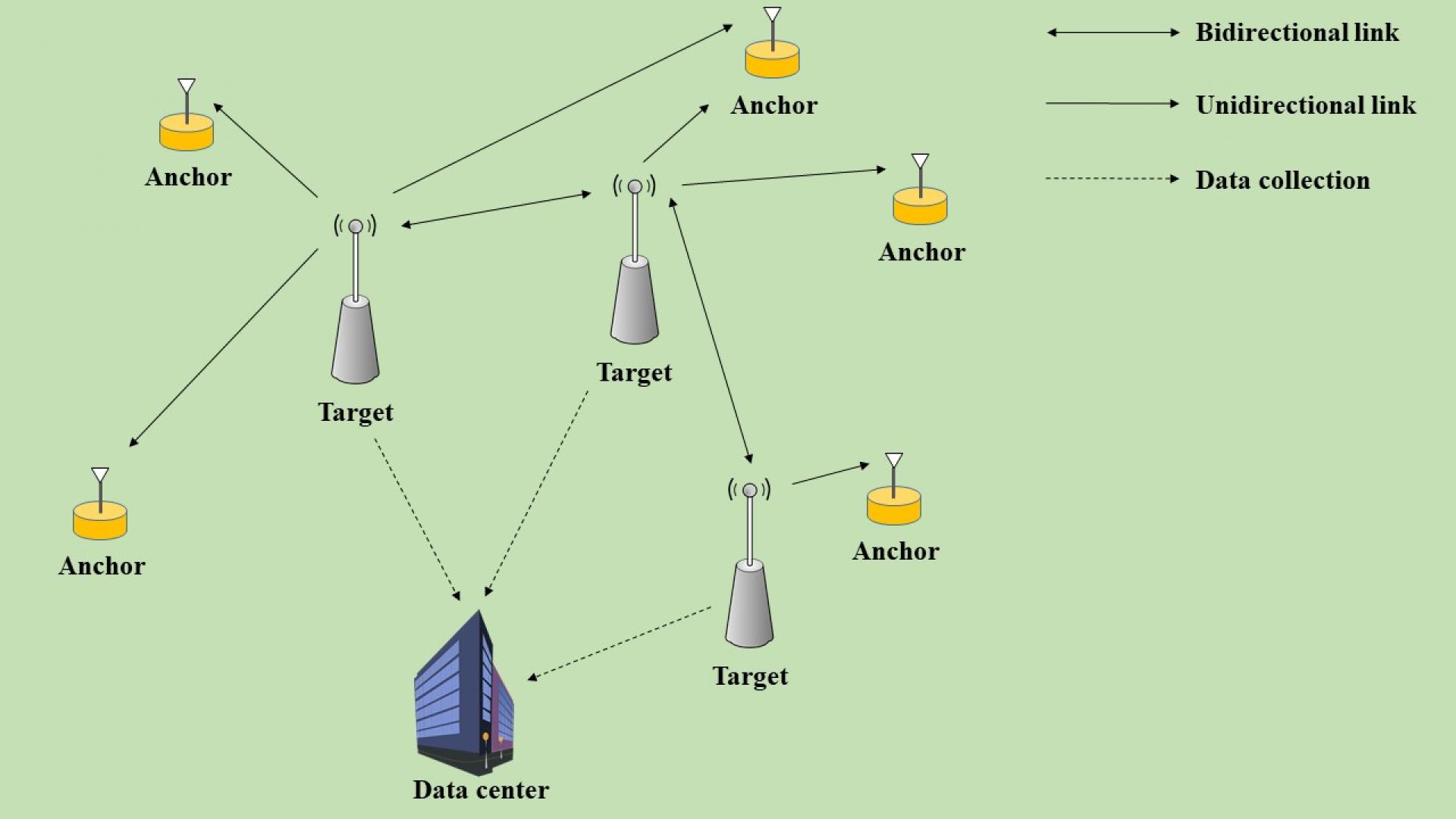Recently, a team of researchers from KAUST, including Yingquan Li, Bodhibrata Mukhopadhyay, and Mohamed-Slim Alouini, introduced a new cooperative localization technique that increases localization efficiency in wireless sensor networks. Known as FCUP (Fast Cooperative localization technique with Unknown transmit Power), this innovation contributes to tackling the longstanding challenge of localization without knowledge of transmitting power. FCUP offers an advanced solution to the problem of estimating the location and transmit power of nodes in real time.
"FCUP represents a novel leap forward in the field of wireless localization," said Yingquan Li, a Ph.D. student at KAUST, explaining this algorithm. "Existing localization techniques often overlook the fluctuating transmit power of nodes, which can significantly impact accuracy. FCUP not only pinpoints the exact location of sensor nodes but also takes into account their unknown transmit power, ensuring wide practicability."
At the heart of FCUP lies a novel mathematical framework that optimizes location and transmit power estimation. "We've reformulated the optimization problem using Taylor expansion, epigraph method, and semidefinite relaxation," Dr. Bodhibrata Mukhopadhyay explained, who is contributing as a postdoctoral researcher at KAUST now. "This transformation allows FCUP to strike a balance between high accuracy and low computational complexity."
Comprehensive comparisons with existing techniques show that FCUP outperforms its counterparts across key metrics, including localization accuracy, computational complexity, and execution time. FCUP's innovative mathematical framework and optimization methods make it a suitable solution for a wide range of applications in wireless sensor networks, ranging from environmental monitoring to industrial automation.
More information available in the paper:
Y. Li, B. Mukhopadhyay and M. -S. Alouini, "RSS-based Cooperative Localization and Transmit Power(s) Estimation using Mixed SDP-SOCP," in IEEE Transactions on Vehicular Technology, doi: 10.1109/TVT.2023.3295868.

